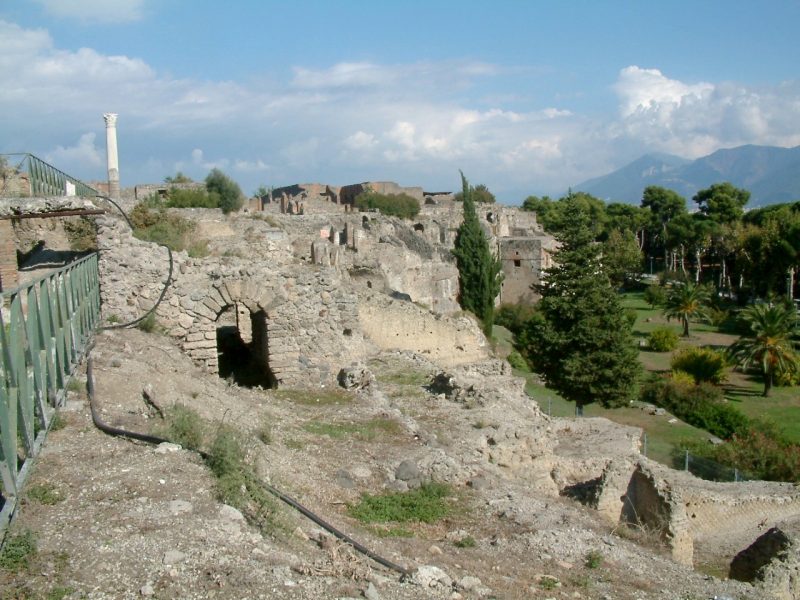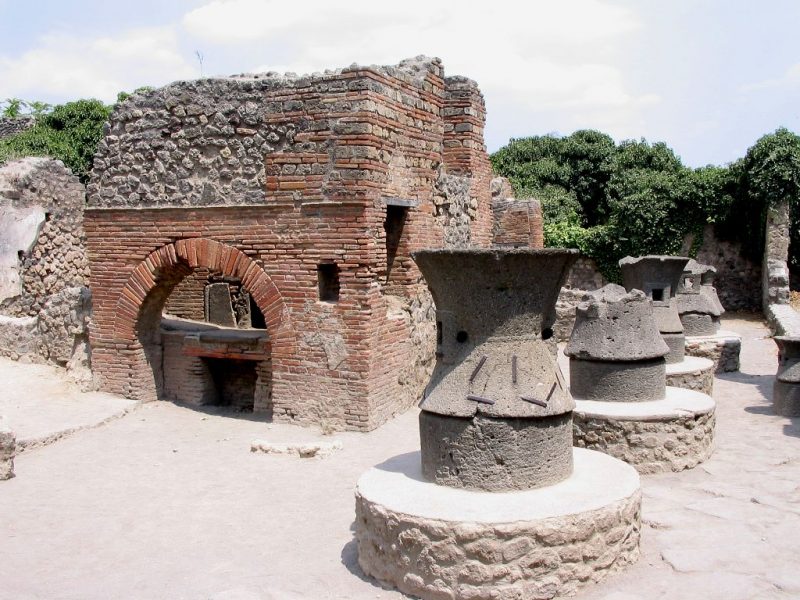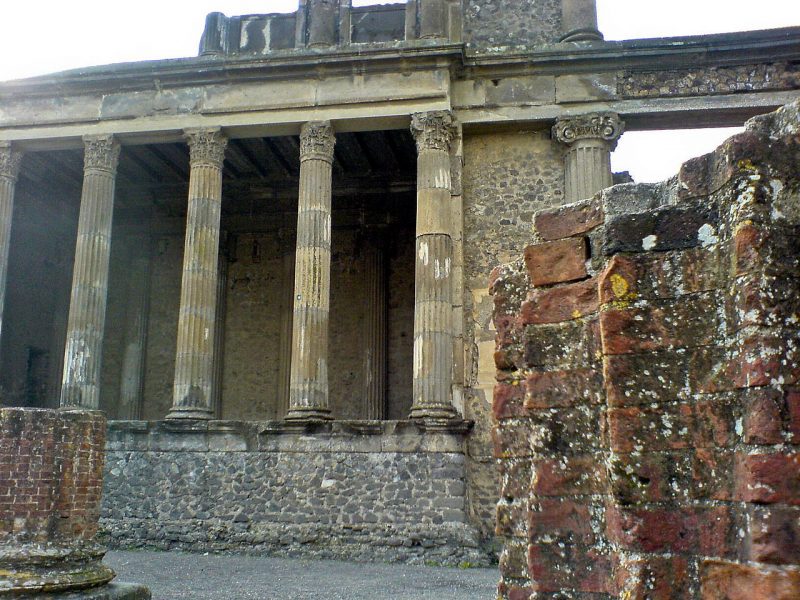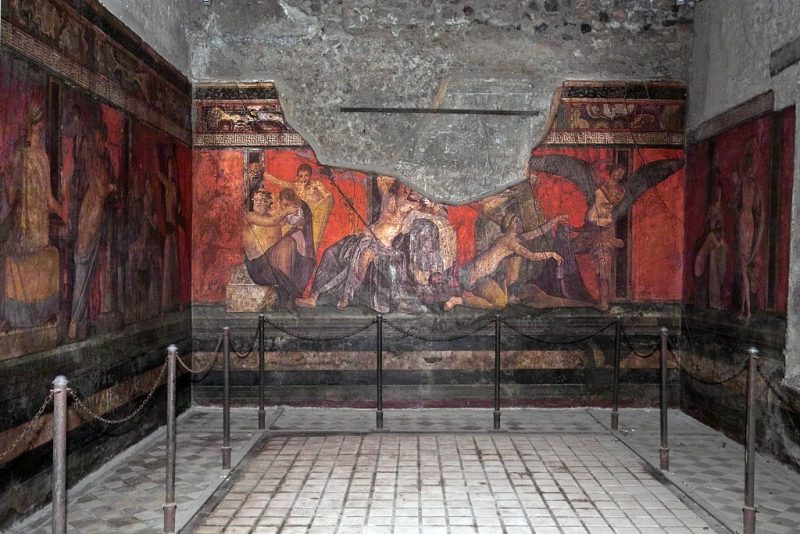For those who don’t know much about Pompeii, it was a large, bustling Roman city that was destroyed when a nearby volcano erupted, burying the whole city under ash and lava.
Just recently, archaeologists decided to restore six of the original Pompeii buildings and open them to the public. Little did the archaeologists know how popular the exposition would be; the open buildings have attracted thousands more tourists than was expected.
The restoration process began in 2012. One of the buildings that was chosen to be restored was one of the merchant’s luxurious buildings. Other buildings chosen were in the thermal baths area. The thermal baths are what really grabs people’s attention.

The buildings were inaugurated on Christmas Eve by Prime Minister Matteo Renzi. It is believed that 13,000 people have visited the restored area in just two days! One of the head archaeologists and restorers, Massimo Osanna, said that the opening was quite successful and there were no issues whatsoever when it came to the tourists. She added that the restored buildings bring visitors a glimpse into how the Romans used to live in that city. The volcano of Vesuvius ruptured in 79 AD, burying all of the city and its people with it.
The project to restore the six rooms estimated to be about $2.2 million dollars. It was a partnership between the European Commission and Italian authorities. Many years of mismanagement of the city have left the ash-covered city to rot. The city stretches to include about 163 acres. Seeing how decayed the site had gotten, the European Union intervened.

In 2012, the European Union pledged 78 million euros in order to urgently finance the repairs. Italy then threw in 27 million euros for the Great Pompeii Project, which is geared toward rebuilding the city’s collapsed arches, righting its sagging walls, cleaning some of the frescoes, and protecting the area from water-logging. Today, only 21 million euros out of the 105 million euros has been spent. This leaves both organizations plenty of room to keep restoring certain areas in the city.
Once the restorations began, archaeologists started uncovering some interesting things – the mummified remains of dozens of people. Those people have been lying under the ash for more than 1,900 years. Those people found by archaeologists were brought to life by using modern-day imaging technology.

Archaeologists spent a year carefully restoring and scanning the preserved bodied of 86 people. Then, the archaeologists released photos of the scans to the public in order to show people what lies under the plaster and casings.
The most surprising find, according to the archaeologists, is the excellent condition of the Romans’ teeth. Researchers believe that the people must have had a low sugar, high fiber diet. They also added that these people in Pompeii, probably ate healthier than we do now.

Among the bodies scanned, archaeologists found a boy who is believed to have been four years old. The stance he was found in suggests he was cowering in fear in the last moments he was alive. He was discovered with an adult male and female which were presumed to be his parents. There was also a younger child found asleep on his mother’s lap. The little boy’s clothing was actually visible through the plaster, but the scans have revealed his slight skeleton beneath his clothes. Another scan taken resembles the 3D scans which are taken by doctors during pregnancy; it suggested that the young boy’s lips were pursed in shock.
Another body found revealed a spine, ribs, and pelvis of an adult male. Other scans the archaeologists used attempted to bring a skull of a different victim to life by using a special contrast dye, which mimics muscle and skin. The point of making the muscle and skin scans was to accentuate the victim’s teeth, eyes, and nose in order to make them look more alive and perhaps get a glimpse at how he looked in life.
Dozens of other scans made suggest that the victims had suffered severe head injuries, most likely from crashing rubble falling on them.
Follow the link to view all of the photos of the restored buildings and the scans of the victims.
Source: http://www.dailymail.co.uk/travel/travel_news/article-3380428/Inside-newly-restored-dwellings-Pompeii-merchant-s-lavish-home-ancient-bathhouse-Roman-graffiti-unveiled-3m-spruce-up.html